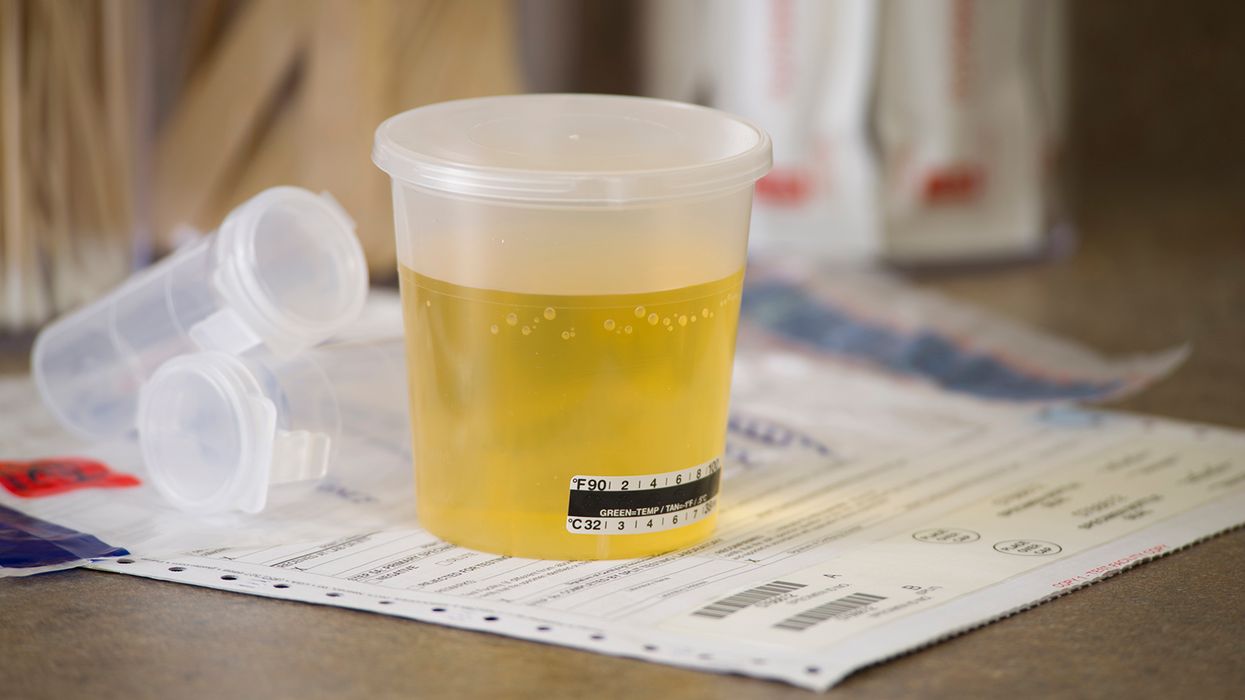NewsIndustry NewsFleet SafetyFocus AreaIn-Depth ArticleVision - Motor CarrierUSAEnglishTransportationPhysical exam - Motor Carrier
New process for drivers with vision issues
2022-03-01T06:00:00Z
On January 21, the Federal Motor Carrier Safety Administration (FMCSA) published a rule change making it easier for drivers that do not meet the vision standards to drive a commercial vehicle.
Current standards
During the medical examination, the driver must have:
- 20/40 vision in both eyes (corrected or uncorrected),
- Distant binocular vision of 20/40 (corrected or uncorrected),
- A field of view of 70 percent, and
- The ability to recognize traffic colors (red, yellow, and green).
In the past, if a driver could not meet the vision standards, the process involved:
- Taking the medical exam and being found otherwise qualified,
- Completing an exemption application,
- Getting paperwork from an ophthalmologist,
- Sending the paperwork to the FMCSA headquarters in Washington, D.C., and
- Waiting for the FMCSA to approve the exemption.
New process
If a driver has one eye that would normally disqualify the driver, the driver can now follow the process detailed in 391.44. This process involves:
- The driver bringing a completed copy of the Vision Evaluation Report, Form MCSA-5871, signed and dated by an ophthalmologist or optometrist, to the medical exam;
- The medical examiner reviewing the Form 5871 and completing a medical exam of the driver, including reviewing;
- The medical examiner certifying the driver for one year, provided the driver passed the exam and the examiner is satisfied with the driver’s Form 5871; and
- The driver’s employer doing a road test to verify the lack of adequate vision in one eye does not affect the driver’s ability to operate safely.
The employer can forego the road test if:
- The driver operated a CMV and was driving with the vision deficiency for the previous three years, or
- The driver held a federal vision exemption or waiver on March 22, 2022.
Key to remember: Many drivers with vision problems in one eye are either operating under an exemption or waiver, or in intrastate-only operations. This change will make it easier for such drivers to operate in interstate commerce.

















































